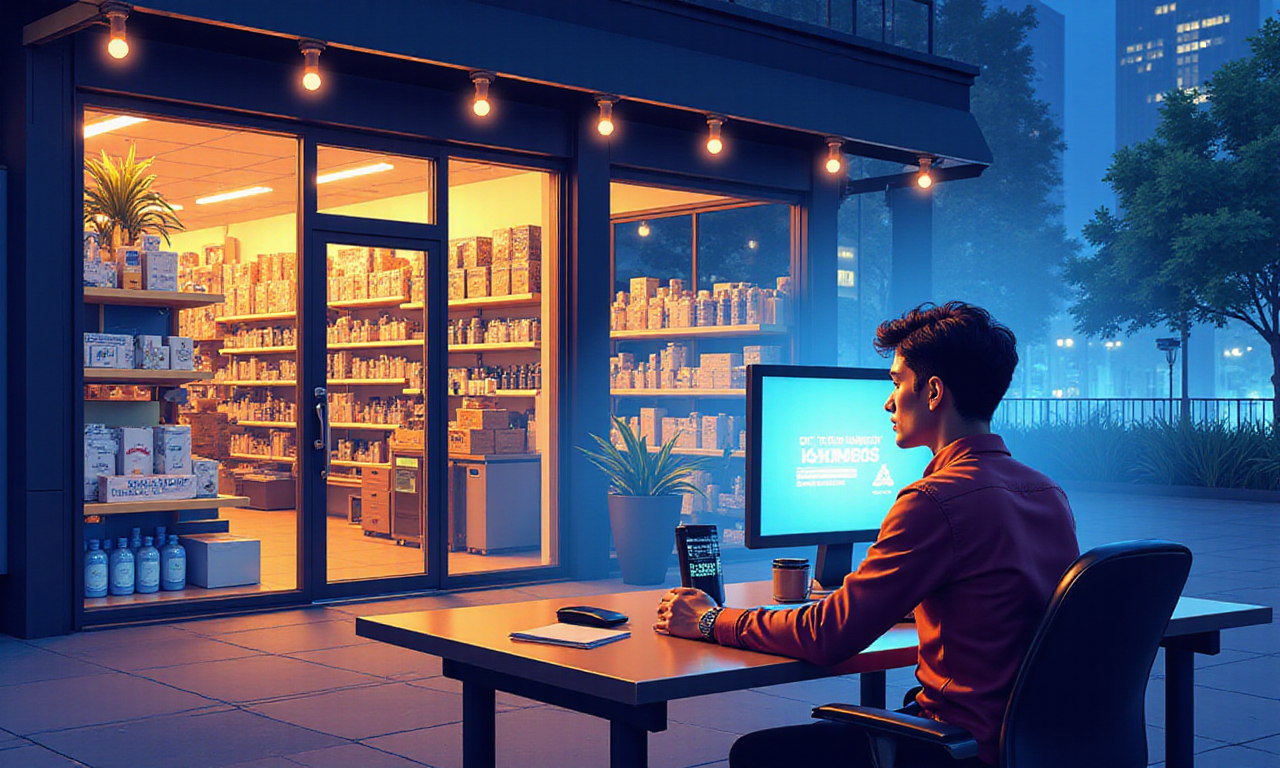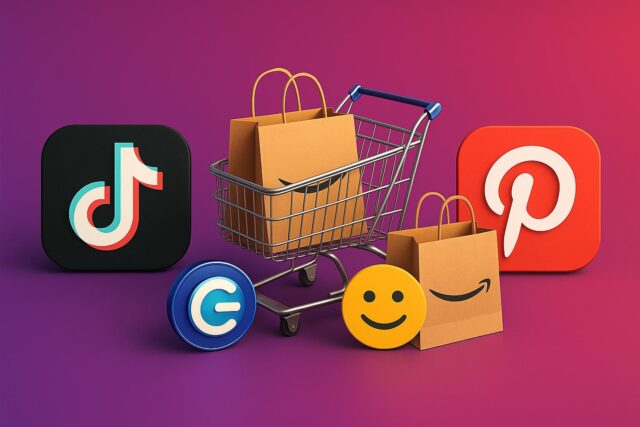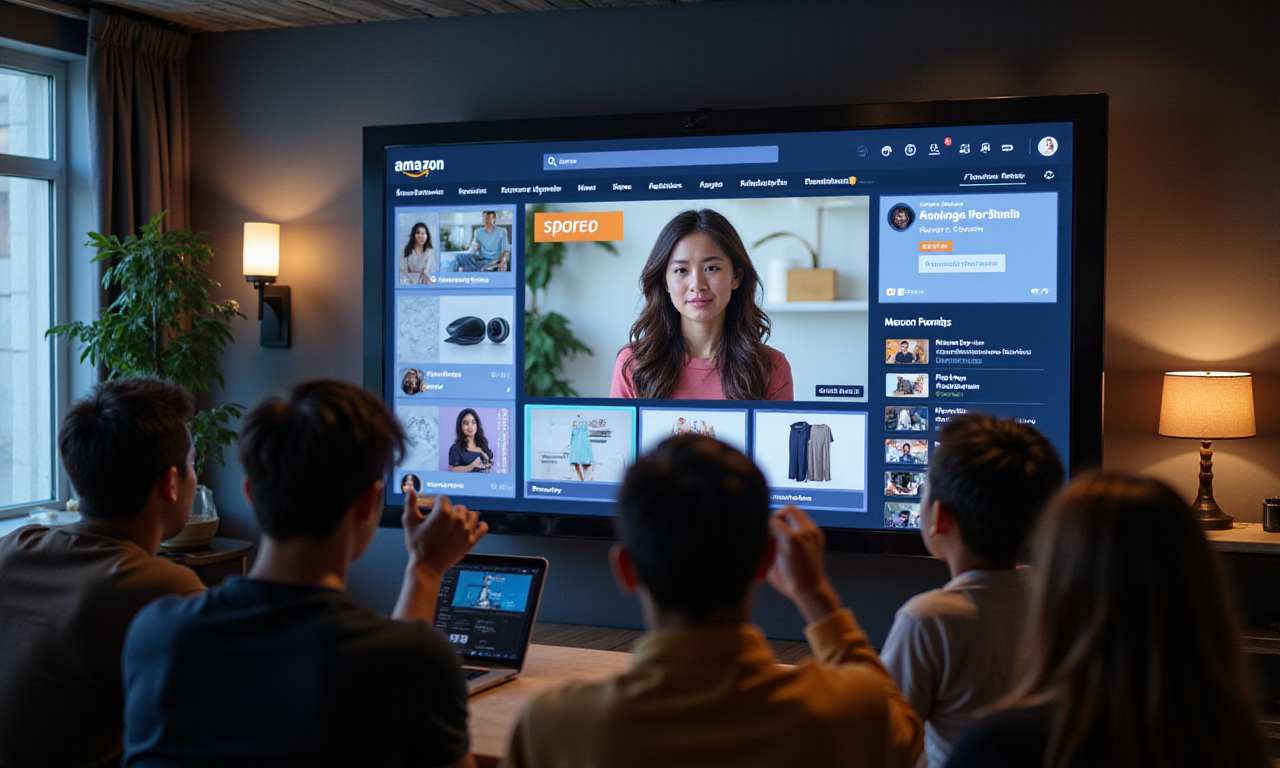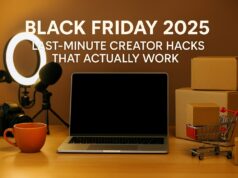If you’ve been exploring Amazon shopping in the USA, you might remember when driving traffic from a post to a purchase meant juggling links, browser redirects, and hoping your audience didn’t drop off mid‑journey.
Back in 2023, Amazon began testing integrations with platforms like Pinterest and TikTok to address these issues.
What started as limited trials has now matured into seamless, in-app shopping experiences that enable your audience to transition from discovery to checkout without ever leaving their favorite app.
By the way, if you want to stay connected and know everything about social commerce and never miss a beat, join Logie today! Click here
For many creators and brands, this went largely unnoticed. However, with Prime Day and the holiday season on the horizon, understanding and utilizing these integrations could be the difference between a good sales month and a record-breaking one.
1. What Has Changed Over Time
Originally, creators relied on deep links from tools like URLgenius or Geniuslink to send audiences into the Amazon app. This often caused:
- Login interruptions and redirect issues
- Broken affiliate tracking
- Frustrated customers abandoning carts
By 2023, Amazon began rolling out in‑app shopping overlays on Pinterest and later TikTok. Since then, the experience has been refined:
- No more external redirects or browser switching
- Higher conversion rates thanks to fewer abandoned carts
- Cleaner attribution and better earnings data
“They’re changing the game… You don’t even need to use a deep link
… people go to Pinterest to shop.”— Ileane Smith, Amazon Influencer
Recent reports indicate that in-app checkout can reduce cart abandonment by up to 20% compared to traditional deep links.

2. Pinterest and TikTok: Platforms Leading the Way
- Pinterest:
As early as 2023, Pinterest began allowing users to check out directly on Amazon within Shopping Pins.
Today, with 92% of weekly users browsing with buying intent, the potential is even greater for creators who curate product boards.
- TikTok:
TikTok’s 2023 partnership with Amazon opened the door for creators to link products directly in short videos.
Since then, the workflow and affiliate reporting have improved, giving TikTok Shop a stronger role in U.S. social commerce.
- Meta (Instagram/Facebook):
Meta platforms also support in-app Amazon shopping, although adoption remains slower as they refine user opt-ins and placements.
3. Audience Opt‑In
The integrations only work if your audience enables Amazon inside the app. If they don’t, links still bounce them out to a browser.
To help your followers opt in:
- Show them how: “Tap Allow when you see the Amazon pop‑up.”
- Explain the benefits: faster checkout, fewer steps, better deals.
- Remind them ahead of key events: “Enable in‑app shopping before Prime Day so you don’t miss limited deals.”
Creators who educate their audience early tend to see higher opt-in rates and better placements within app algorithms.
4. A Real‑World Example
Imagine posting a ‘Back-to-School Kitchen Hacks’ Pin featuring three Amazon bestsellers. A Pinterest user who has opted in taps it and sees Amazon’s checkout overlay right inside Pinterest.
- Purchase completes in seconds.
- Your affiliate tracking remains intact.
5. Best Practices for Amazon Shopping in the USA
- Educate consistently: Remind your followers how to enable in‑app shopping.
- Test multiple formats: Use a mix of Shopping Pins, TikToks, Reels, and Stories.
- Track analytics: Logie and Amazon dashboards display where opt-ins and conversions occur most frequently.
- Create urgency: “Enable in‑app shopping to catch Prime Day deals, no app switching needed!”
- Stay compliant: Disclose affiliate links and follow FTC guidelines.
Be transparent about what opting in means. It allows Amazon to track purchase data to enhance the shopping experience, not the full browsing history. Clear communication fosters trust and boosts opt-ins.
Social commerce in the U.S. continues to grow rapidly. Amazon, Pinterest, TikTok, and Meta are investing heavily to make checkout seamless.
What started in 2023 as early integrations has now become a key part of Amazon shopping in the USA for creators who want to monetize more effectively.
Conclusion
Social commerce has always been about removing friction, and Amazon shopping in the USA is now more streamlined than ever thanks to in‑app integrations.
These tools aren’t new, but they’ve matured into something every creator should take advantage of.
The creators who guide their audiences through opt-in steps, show how the process works, and tailor their content will see better conversions, higher earnings, and a strong competitive edge.
The tools are ready. The opportunity is here. Will your audience be ready to shop in‑app when the biggest shopping season of the year arrives?












